Imola
History
Imola, a town in the Metropolitan City of Bologna, Emilia-Romagna region, Italy, has a rich history that dates back to the Roman times. The town was known as Forum Cornelii, a name derived from the consul Lucius Cornelius Sulla, who founded it in 82 BC. The town was a key hub on the Via Aemilia, a major Roman road connecting Piacentia to Rimini.
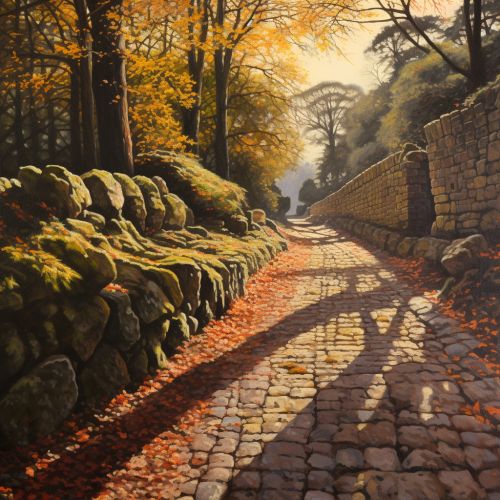
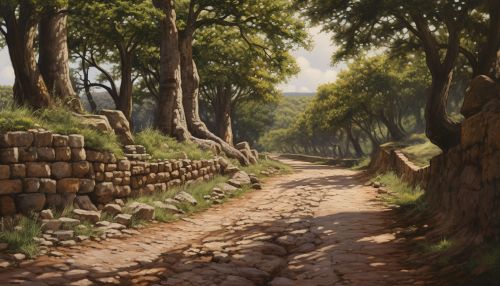
In the 3rd century AD, the town was part of the Diocese of Imola, a significant ecclesiastical jurisdiction under the Holy See. The town's religious significance continued to grow, and in the 6th century, it became the seat of a bishopric. The town's cathedral, the Cathedral of San Cassiano, is a testament to the town's religious heritage.
During the Middle Ages, Imola was a free commune, but it was often caught in the conflicts between the Guelphs and Ghibellines. The town was also a significant part of the Papal States, under the direct control of the Pope. In the 15th century, it fell under the rule of the powerful Sforza family.
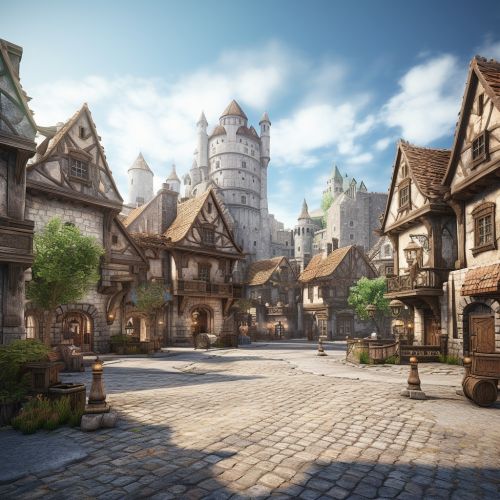
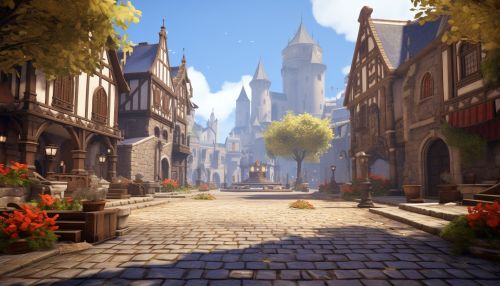
In the modern era, Imola is known for its automotive culture, particularly the Autodromo Enzo e Dino Ferrari, a motor racing circuit named after Enzo Ferrari and his son Dino. The circuit has hosted numerous Formula One races, including the infamous San Marino Grand Prix of 1994, where racing legends Ayrton Senna and Roland Ratzenberger lost their lives.
Geography
Imola is located in the Emilia-Romagna region, one of Italy's most fertile and productive regions. The town is situated on the Santerno River, a tributary of the Reno River. The landscape around Imola is characterized by its rolling plains and the Apennine Mountain range to the south.
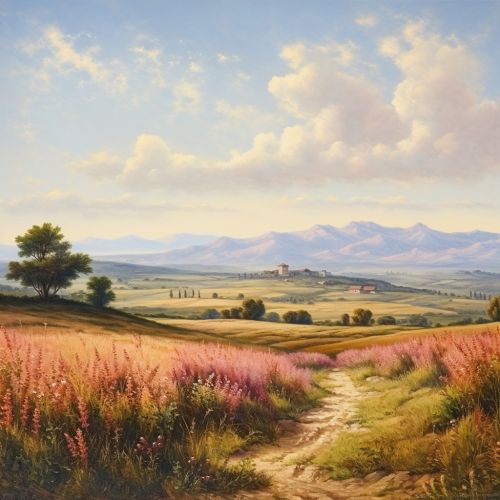
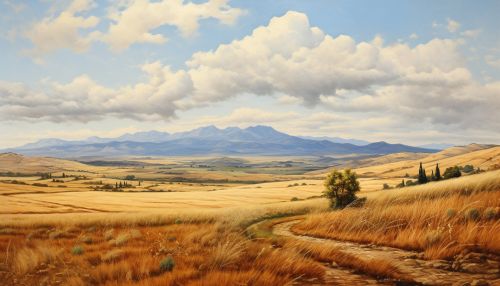
The town's climate is classified as a humid subtropical climate, with hot, humid summers and mild, wet winters. The region's fertile soil and favorable climate make it ideal for agriculture, particularly the cultivation of grapes for wine production.
Economy
Imola's economy is diverse, with a strong focus on manufacturing and services. The town is home to numerous small and medium-sized enterprises, particularly in the mechanical and automotive sectors. The Autodromo Enzo e Dino Ferrari is a significant contributor to the local economy, attracting thousands of motorsport enthusiasts each year.
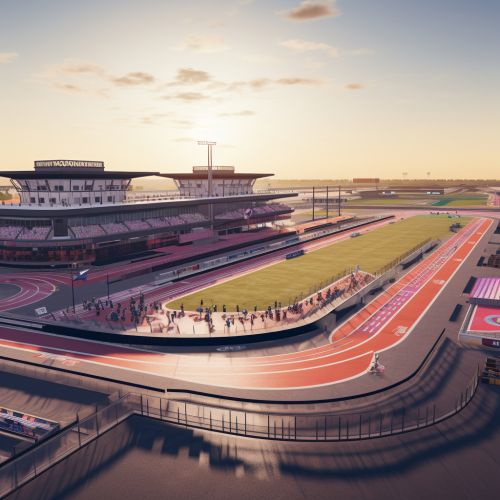
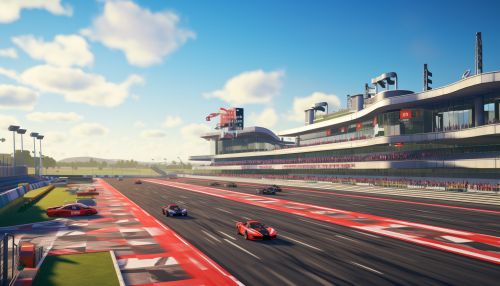
In addition to manufacturing, Imola has a robust agricultural sector, with local farms producing a variety of crops, including grapes for wine production. The region is known for its high-quality wines, particularly the sparkling white wines made from the Albana grape.
Culture
Imola's culture is deeply rooted in its history and traditions. The town's architecture is a testament to its past, with numerous medieval structures, including the Rocca Sforzesca, a fortress built by the Sforza family in the 15th century.
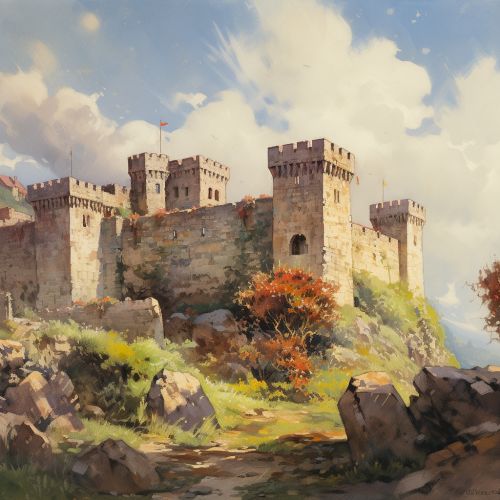
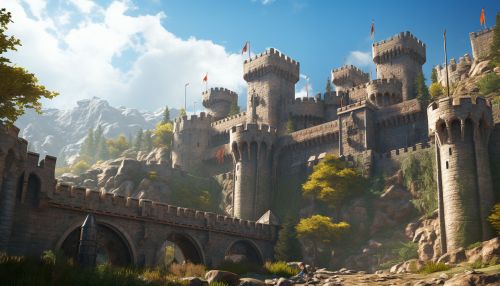
The town is also known for its vibrant arts scene, with numerous galleries and cultural institutions, including the Museo Civico di San Domenico, which houses a collection of artworks from the Middle Ages to the contemporary era.
Imola's culinary culture is also noteworthy, with local cuisine heavily influenced by the Emilia-Romagna region's rich culinary traditions. Local specialties include handmade pastas, cured meats, and fine wines.
